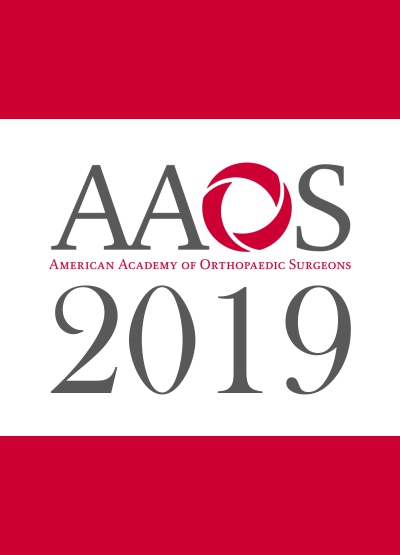
AAOS2019: Comparing mid- to long-term outcome of counterforce vs. placebo brace for tennis elbow

AAOS2019: Comparing mid- to long-term outcome of counterforce vs. placebo brace for tennis elbow
Counterforce Bracing of Lateral Epicondylitis: A Prospective, Randomized, Double Blinded, Placebo Controlled Clinical Trial
Did you know you're eligible to earn 0.5 CME credits for reading this report? Click Here
CONFERENCE ACE REPORTS
This ACE Report is a summary of a conference presentation or abstract. The information provided has limited the ability to provide an accurate assessment of the risk of bias or the overall quality. Please interpret the results with caution as trials may be in progress and select results may have been presented.
Synopsis
45 patients with acute lateral epicondylitis were randomized to treatment with either a counterforce brace or a placebo brace. The purpose of this study was to compare outcomes of pain and function between the two types of braces. The primary outcome was frequency of pain on activity. Important secondary outcomes included severity of pain on activity, frequency and severity of pain at rest, and ov...
To view the full content, login to your account,
or start your 30-day FREE Trial today.
FREE TRIAL
LOGIN
Forgot Password?
Explore some of our unlocked ACE Reports below!

Learn about our AI Driven
High Impact Search Feature
Our AI driven High Impact metric calculates the impact an article will have by considering both the publishing journal and the content of the article itself. Built using the latest advances in natural language processing, OE High Impact predicts an article’s future number of citations better than impact factor alone.
Continue



 LOGIN
LOGIN

Join the Conversation
Please Login or Join to leave comments.